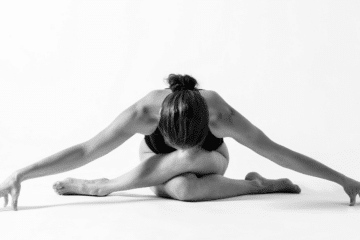Flexion is the foundational movement pattern that involves bending or curving the body, promoting both strength and mobility.
From the graceful curve of a yoga pose to the subtle flexing of the mind to accommodate new ideas, flexion plays a vital role in our physical and mental well-being.
In this article, we delve into the concept of flexion, its significance in various aspects of life, and strategies for embracing flexion to foster resilience and vitality.
Understanding Flexion
Flexion involves the bending or curving of a joint, allowing for movement in a forward or downward direction. In the body, flexion occurs in various forms, such as bending forward at the waist, curling the spine, or folding the limbs.
In the mind, flexion represents the ability to adapt, adjust, and accommodate new information or experiences, fostering growth and learning.
The Significance of Flexion:
- Physical Strength: Flexion builds physical strength and endurance by engaging muscles and tissues in a controlled manner, improving stability and resilience.
- Mobility and Flexibility: Flexion enhances joint mobility and flexibility by increasing range of motion and reducing stiffness, promoting ease and fluidity in movement.
- Mental Adaptability: Flexion fosters mental adaptability and resilience by encouraging openness to new ideas, perspectives, and experiences, allowing for growth and learning.
- Emotional Expression: Flexion allows for emotional expression and release, as individuals learn to bend and flow with the ebbs and flows of life, embracing vulnerability and authenticity.
- Mind-Body Connection: Flexion strengthens the mind-body connection by encouraging mindful movement and body awareness, fostering a deeper sense of integration and harmony.
Strategies for Embracing Flexion:
- Yoga and Stretching: Engage in yoga or stretching exercises that emphasize flexion of the spine, hips, and limbs, promoting flexibility and mobility throughout the body.
- Mindful Movement: Practice mindful movement techniques such as tai chi or qigong, which focus on fluid, flowing movements that encourage relaxation and ease of motion.
- Breathwork: Incorporate deep breathing exercises into your daily routine to support relaxation and release tension in the body, facilitating deeper flexion and mobility.
- Postural Awareness: Maintain good posture throughout the day by being mindful of spinal alignment and avoiding prolonged periods of sitting or standing in static positions.
- Creative Exploration: Explore creative outlets such as dance, art, or writing, which allow for expression and release of emotions through movement and flexion of the mind.
- Challenging Assumptions: Challenge rigid beliefs and assumptions by exposing yourself to diverse viewpoints and experiences, fostering mental flexibility and adaptability.
- Self-Compassion: Practice self-compassion and acceptance towards your body and mind, acknowledging that flexibility and growth take time and patience.
Conclusion
Flexion is the dynamic movement pattern that nourishes strength, mobility, and resilience in both body and mind.
By embracing flexion, we can cultivate greater physical vitality, mental adaptability, and emotional well-being, allowing us to navigate life’s challenges with grace and ease.
So, let us embrace the power of flexion, bending and flowing with the rhythm of life as we explore the depths of our strength, mobility, and potential for growth and transformation.




